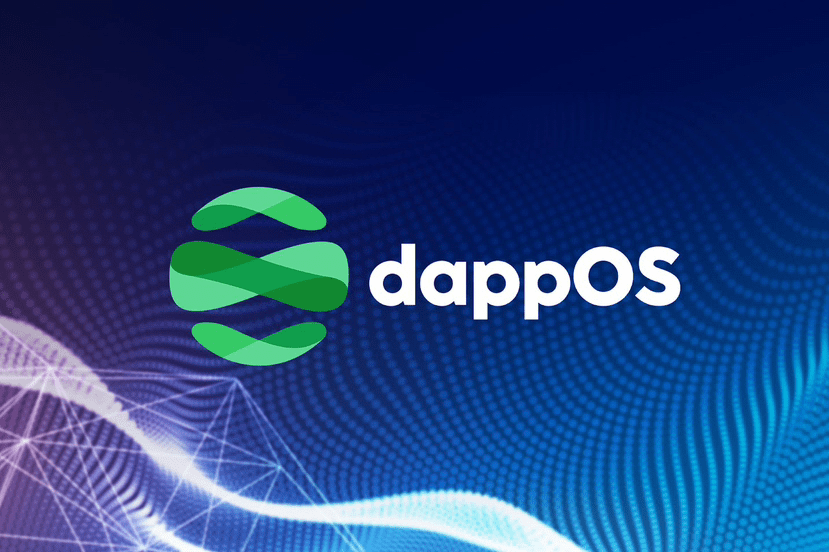Before the age of 16, Vitalik was an internet addict who loved the Warlock in World of Warcraft the most. However, Blizzard deleted one of Vitalik’s favorite skills due to an upgrade. Vitalik was very angry and realized that all players on the Internet are vulnerable groups, which is the drawback of all centralized services.
From then on, Vitalik gave up World of Warcraft and kept thinking about whether there was any way to break the centralized model until he discovered Bitcoin at the age of 17.
Vitalik was deeply attracted by the decentralization of blockchain, but after a long period of understanding, he discovered the limitations of BTC and the huge market demand, so he created ETH.
At the end of 2013, Vitalik Buterin published the paper "Ethereum: The Next Generation of Smart Contracts and Decentralized Application Platform".
Vitalik Buterin analyzed the design, advantages and disadvantages of the BTC system in detail, and explained in detail the role of ETH, on which various decentralized applications can be built!
Unexpectedly, this paper became a huge hit once it was released, and received widespread acclaim from the BTC community. Some people even approached Vitalik to collaborate with him.
In May 2014, Vitalik Buterin came to China for the first time to explore the way for the upcoming pre-sale of Ethereum.
During this trip to China, Vitalik visited many bigwigs and introduced Ethereum to them in detail. However, some people told him "you are a liar" and kicked him out.
This has also spawned many urban legends on the Internet:
In 2014, a 20-year-old Russian boy came to Hangzhou, China alone. At an exhibition, he gave away virtual currency on the street, 5,000 per person. If you want one, come and get it. He also introduced his technology to everyone. Almost everyone thought he was a liar, and few people believed him.
Unexpectedly, a few years later, these 5,000 free coins were worth 150 million...
🎉dappOS: The Intention Execution Network that Reshapes the Web3 World
With the booming development of blockchain technology, the concept of Web3 has gradually become the focus of global attention. However, the existing blockchain ecosystem still faces problems such as complex multi-chain interactions, cumbersome operation processes and high transaction costs. These technical barriers make it difficult for ordinary users to easily participate in the blockchain world. The birth of dappOS is to change this situation. As a network platform focusing on intent execution, it simplifies the complexity of blockchain interaction through the three core capabilities of asset intent, transaction intent and application intent, and provides a smarter and more user-friendly operation experience.
1. dappOS: The core concept of the Intention Execution Network
dappOS is an intention execution network that aims to simplify the on-chain operation process for users. The basic idea of the intention execution network is that users only need to express the ultimate goal they want to achieve without having to understand the specific technical operations or intermediate steps. Traditional blockchain operations usually require users to manually perform cumbersome steps such as multi-chain switching, signature confirmation, and gas fee calculation. However, in the dappOS system, these complex steps are all encapsulated and automated, and users only need to focus on the ultimate goal of the operation, such as completing a transaction, staking assets, or participating in an application.
The vision of dappOS is to become the operating system of the Web3 world, providing users with a simple and smooth operating interface, so that users can enjoy the advantages of digital asset management and decentralized applications without having to understand the underlying blockchain technology. By intentionalizing complex on-chain operations, dappOS has brought great convenience to both ordinary users and developers.
2. Three core capabilities: asset intention, transaction intention and application intention
2.1 Asset intention: achieving a balance between income and use
In the traditional blockchain world, users often need to choose between "income" and "use" for their assets. If users want to get staking income, their assets will be locked, which means they cannot use these assets for other operations at any time. The asset intention function of dappOS breaks this traditional limitation.
Through asset intentionization, users can continue to use their assets without sacrificing liquidity. For example, users can pledge assets to earn income while still using these assets for other operations, such as lending, trading, etc. This innovative design greatly improves the efficiency of asset utilization. Users no longer need to choose between income and flexibility, and asset liquidity and profitability can coexist.
2.2 Transaction Intention: Intelligent Cost Optimization Solution
Transaction costs have always been a major pain point for users entering the blockchain world, especially on high-gas-fee networks such as Ethereum, where frequent transaction operations will lead to a sharp increase in fees. The transaction intention function of dappOS uses intelligent algorithms to help users automatically select the optimal transaction path and minimize transaction costs.
The core of transaction intention is that dappOS will automatically match the best transaction route on the chain for users. Whether it is a cross-chain transaction or an operation on the same chain, dappOS can ensure that users complete the transaction at the lowest cost without the need for users to manually intervene in each step. The automated design of the system not only reduces the user's operational burden, but also allows users to manage their assets more efficiently.
2.3 Application Intention: Simplifying the Complexity of Multi-chain Interaction
For many blockchain applications (dApps), users often need to switch between multiple blockchains, and even handle asset and contract operations on different blockchains. This process is particularly complicated for ordinary users, not only involving cross-chain transfers, fee payments, etc., but also requires users to have certain blockchain knowledge. The application intention function of dappOS is designed to eliminate these technical barriers.
Through application intention, dappOS realizes chain abstraction of dApp, so that users do not need to manually handle the complex process of interacting with multiple blockchains. Users only need to express the final desired result, and dappOS will automatically complete all necessary cross-chain operations and resource allocation in the background, ultimately presenting users with a concise and efficient interactive experience. This simplification of multi-chain interaction not only lowers the technical threshold for users, but also provides conditions for the widespread popularization of decentralized applications.

3. The unique advantage of dappOS: the potential to become a Web3 operating system
The core advantages of dappOS lie in its technological innovation and strong ecological support. By encapsulating complex on-chain operations, dappOS provides a highly competitive user experience. In addition, dappOS has a strong lineup of investors, including top institutions such as Binance Labs, Polychain, Sequoia Capital, IDG and OKX Ventures. The support of these investors not only brings financial security, but also provides strong endorsement for the ecological development of dappOS.
As a leading project in the intent track, dappOS is expected to become one of the core infrastructures in the future Web3 field. Through its simplified operation process and efficient technical support, dappOS provides more efficient and user-friendly solutions for decentralized applications, digital asset management and cross-chain transactions. In the multi-chain era, dappOS will solve the technical barriers of blockchain through the intent execution network and promote more users and developers to enter the Web3 world.
4. Collaboration between dappOS and Binance Web3 Wallet: Promoting a win-win ecosystem
The future of dappOS is not limited to its own development, but also to expand its influence through cooperation with other Web3 ecological projects. For example, the in-depth cooperation between dappOS and Binance Web3 wallet is an important step in promoting the development of the ecosystem. The two parties jointly organized airdrop activities, which not only provided users with generous USDC rewards, but also attracted more users to participate in the dappOS and Binance ecosystems.
This partnership further enhances the user base and community engagement of dappOS by providing user education, reward mechanisms, and technical support. As the world's leading cryptocurrency trading platform, Binance's user base and resources will provide a strong impetus for dappOS, while dappOS's technological innovation and user-friendliness provide users of Binance Web3 wallets with a richer functional experience. This partnership will promote the common development of both ecosystems and promote the implementation of Web3 technology in a wider range of application scenarios.
5. Looking to the future: potential applications and prospects of dappOS
With the continuous advancement of Web3 technology, the application scenarios of dappOS will become richer and more diversified. In addition to the current asset management and transaction optimization functions, dappOS can also be expanded to more decentralized finance (DeFi), decentralized autonomous organizations (DAO) and decentralized social platforms. Through the intention execution network, dappOS can become an indispensable infrastructure in these fields, providing users with a more convenient and secure operation experience.
At the same time, the intentional design of dappOS provides other developers with powerful technical tools, allowing them to develop more innovative applications and services on the dappOS platform. This will further promote the prosperity of the Web3 ecosystem and open up more development space for dappOS.








